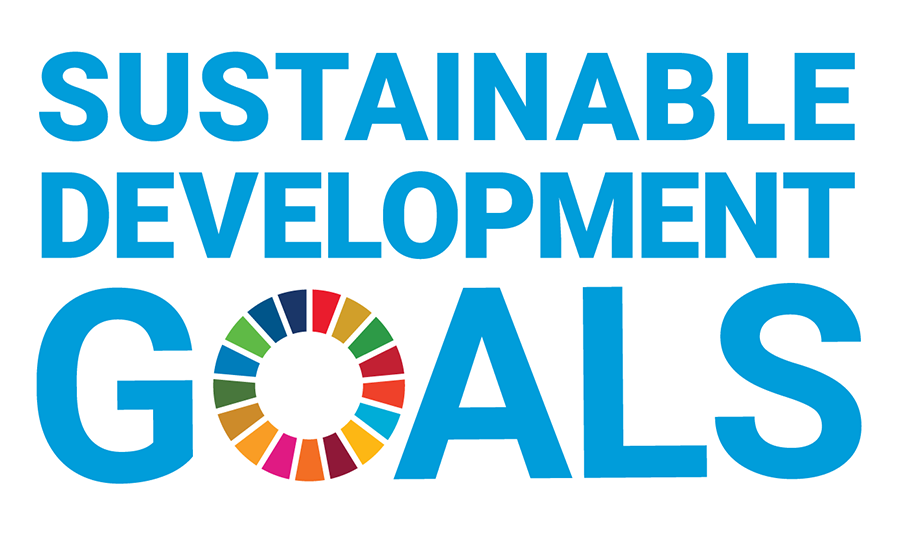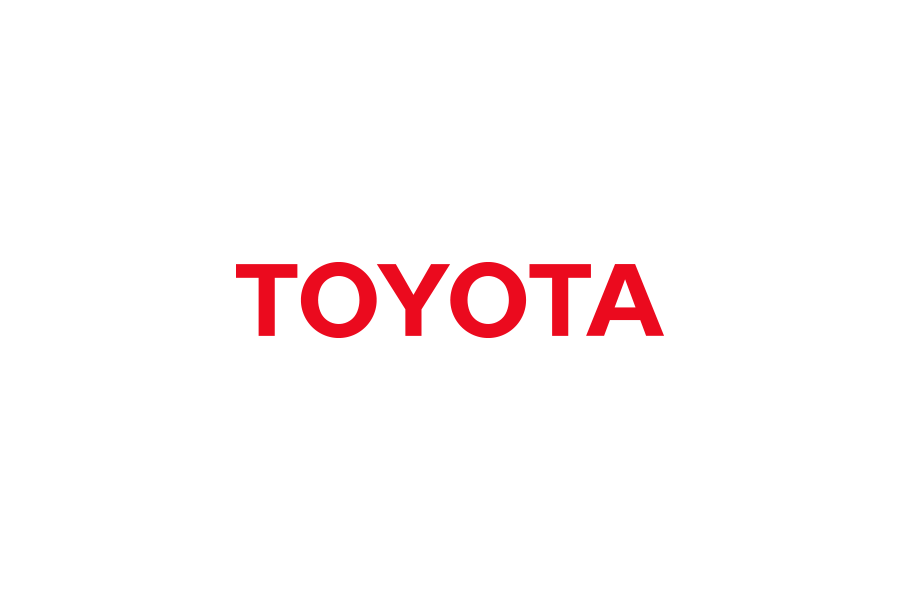Toyota Motor Corporation (Toyota) submitted a report on measures to prevent recurrence to the Ministry of Land, Infrastructure, Transport and Tourism (MLIT) today in light of the corrective order issued to model certificate applications by MLIT on July 31.
Toyota will make company-wide efforts to prevent recurrence based on the points provided by the MLIT at the time of the corrective order.
With the suggestions by the MLIT, Toyota has recognized that management was not sufficiently involved in the certification operations, and that there were many areas for improvement in the foundation of its certification operations, such as the data management system and the establishment of clearer rules and procedures.
Toyota will review the mechanisms and systems designed to implement proper certification operations, notice something abnormal, and take action promptly through the joint effort between the management and those on-site.
In the medium to long term, through the Toyota Production System (TPS), we will clarify the workflow from planning, development to certification, incorporate Toyota's kaizen into certification operations, and foster common values and improvements across the Toyota Group.
The progress of improvement will be reported to the MLIT on a quarterly basis.
The outline of the report to prevent recurrence
- Reconstruction of the company-wide business operation system
- Promote management's understanding of development and certification operations and strengthen governance system
- Send the top messages from the President continuously to all employees
- Management will regularly inspect certification sites and provide opportunities for candid dialog with on-site staff
- The Chief Technology Officer (CTO) will be the person responsible for overall decision-making regarding development, and the Global Chief Quality Officer (G-CQO) will be responsible for overall decision-making regarding certification. We will review the process as well as the people responsible and clarify the rules so that the decisions can be made to properly carry out certification work at milestone meetings where management decisions are required
- Clarify where responsibility and authority are located when carrying out development and certification work, and create indicators for the progress of development and the impact on certification. We will also establish a system that enables Chief Engineer to grasp the presence or absence of abnormalities and report them to the president of vehicle company and the person in charge of certification
- Improve management's understanding of certification rules and awareness of legal compliance
- Provide management and executive staff with training on the certification process and outline of regulations and continue to provide employees with training to foster and strengthen compliance awareness in certification work
- Enhance internal audits of development and certification operations
- In order to enhance the internal audits, a Legal Supervisor appointed by the G-CQO will conduct a second-line audit of implementation sites, thereby enhancing the effectiveness of checks of development and certification operations. The Legal Supervisor will also evaluate the effectiveness of the certification system and report the results of this evaluation to the G- CQO and the Chief Risk Officer (CRO)
- In addition, the CRO will consider implementing a process audit by the Internal Audit Department as the third-line audit
- Ensure a system where appropriate information can be reported to management
- Implement regular site inspections and dialogues by management and executives
- The CRO, the CTO, and the G-CQO will monitor the status of development and certification sites, through on-site inspections as well as the reports from the Vehicle Company Presidents, the person responsible for Certification, and the Legal supervisor, and report the outcomes to the Board of Directors
- Improvement of operation management methods throughout the entire vehicle development and certification processes
- Integrate overall management from development to certification and clarify responsibilities for each task
- At each stage of development and certification, the CTO and G-CQO will be the overall decision makers, and the responsible person and processes will be reviewed and clearly stated in internal rules so that they can make decisions to properly carry out certification work at milestone meetings where management decisions are required
- Under the overall responsibility of the CTO, the President of the Vehicle Company is responsible for deciding whether to move on to the next stage. By ensuring a transparent decision, the plan can be flexibly changed to avoid putting undue pressure on the certification process
- If G-CQO determines that the certification plan will be affected, it will stop the transition to certification process. After the transition to certification, the person responsible for certification (Chief Officer level) appointed by G-CQO, will be responsible for managing each process and for resolving any problems
- Under the overall responsibility of the CTO, the chief engineer will ensure the soundness of the certification plan for the vehicle in charge, and will be responsible for ensuring the quality of the certified vehicles even after development is completed, as well as for the proper storage of test results and technical judgement grounds
- For crash tests where the proper certification has not been done, a crash expert across the vehicle companies will be appointed
- Allocate and manage resources appropriately throughout vehicle development and certification operations as a whole
- Increase the human and material resources in the certification organization
- Conduct regular inspections of development and certification sites by the management
- Make regular reports from the legal supervisor to the G-CQC and the CRO
- Consider the appropriate and flexible allocation of necessary resources for development and certification operations
- Management operations to ensure that certification is carried out with the appropriate resources throughout the Toyota Group
- Establish schedule management methods to ensure proper certification processes
- Define and Standardize the schedule for certification and determine the number of certified vehicles that should be secured at development planning stage, by the person responsible for certification
- Clarify the person responsible for the judgement to move to next step and its judgement criteria at each milestone meeting in the development and certification process
- Establish internal rules for proper utilization of development data in certification
- When development data is used in certification application, the certification department issues a test instruction sheet and the Legal Supervisor witnesses the test and verifies that it is conducted as instructed. The chief engineer is responsible for preparing the basis for the suitability of the test vehicle, data such as test conditions and results, and information on how to process the data, which is then verified by the department in charge of certification
- Establish an implementation system for legal and certification-related operations to deal with irregularity risks
- Improving internal rules related to certification operations
- Clarify the authority of the person in charge and whether delegation is possible
- Establish uniform rules for creating certification operation rules to prevent discrepancies between rules and delegation of judgement at the site
- Establish an appropriate document management system by clearly specifying in the regulations the details of storage contents and methods
- Strengthen confirmation of test conditions, etc. in test instructions and application preparation
- The certification department will issue instruction kanbans before the test is conducted and establish rules and operation that stipulate that detailed test content and procedures must be provided to testers
- The department in charge will be responsible for verifying the consistency between the test reports and the instruction kanban and the legal supervisor will confirm it in advance to the certification application and finalize the test reports
- Promoting efforts to reduce errors and workload by utilizing digital technology
- Establish a system for monitoring and continuously improving certification tests
- The G-CQO will appoint a Legal supervisor as an "internal examiner" to attend internal certification tests, check the implementation status and accuracy
- The internal examiner will check the compliance with certification test conditions, whether testing capabilities and testing equipment meet regulatory requirements and whether time constraints prevent proper execution of testing
- The Legal supervisor will regularly report to the G-CQO and CRO, and facilitate concrete improvements for the issues that can only be solved at management level
- Study the introduction of a system to prevent test programs from being re-written by testing personnel
- Enhance compliance awareness in certification sites
- Utilize the Quality Learning Center to further improve compliance awareness in development and certification personnel
- Through new employee and assignment training, provide education to deepen understanding of compliance matters when performing certification work
- Study introducing certification uniforms that will enable others to recognize that certification testing is underway and a Meister system at certification testing sites
Toyota is committed to creating an environment in which correct certification operations in accordance to the rules can be carried out based on the three pillars of "Human Development", "Manufacturing" and "Strengthening the Foundation".
Toyota Motor Corporation works to develop and manufacture innovative, safe and high-quality products and services that create happiness by providing mobility for all. We believe that true achievement comes from supporting our customers, partners, employees, and the communities in which we operate. Since our founding over 80 years ago in 1937, we have applied our Guiding Principles in pursuit of a safer, greener and more inclusive society. Today, as we transform into a mobility company developing connected, automated, shared and electrified technologies, we also remain true to our Guiding Principles and many of the United Nations' Sustainable Development Goals to help realize an ever-better world, where everyone is free to move.
- SDGs Initiatives
- https://global.toyota/en/sustainability/sdgs/







